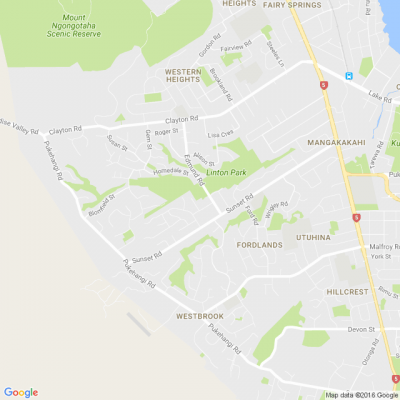
Know what’s happening
Access the private noticeboard for verified neighbours near you. Keep informed about any suspicious activity, send urgent updates to your neighbours when required and discuss emergency planning.
Get to know your neighbours
Browse the directory and start getting to know your neighbours. Don’t want to post to the whole neighbourhood? Send a private message.
Buy, sell and give away
Want to declutter your garage? Buy some used household items? Give away some garden stuff? Become a verified neighbour to browse and post items for sale. Trading is simple when everyone lives nearby.


It is the weekend!
List your pre-loved gems in Neighbourly Market.

Thank you for using Neighbourly
You may receive an email confirmation for any offer you selected. The associated companies will contact you directly to activate your requests.
Micheal from Rotorua Central
Four secondhand speakers in working order call 02102303891
Price: $35
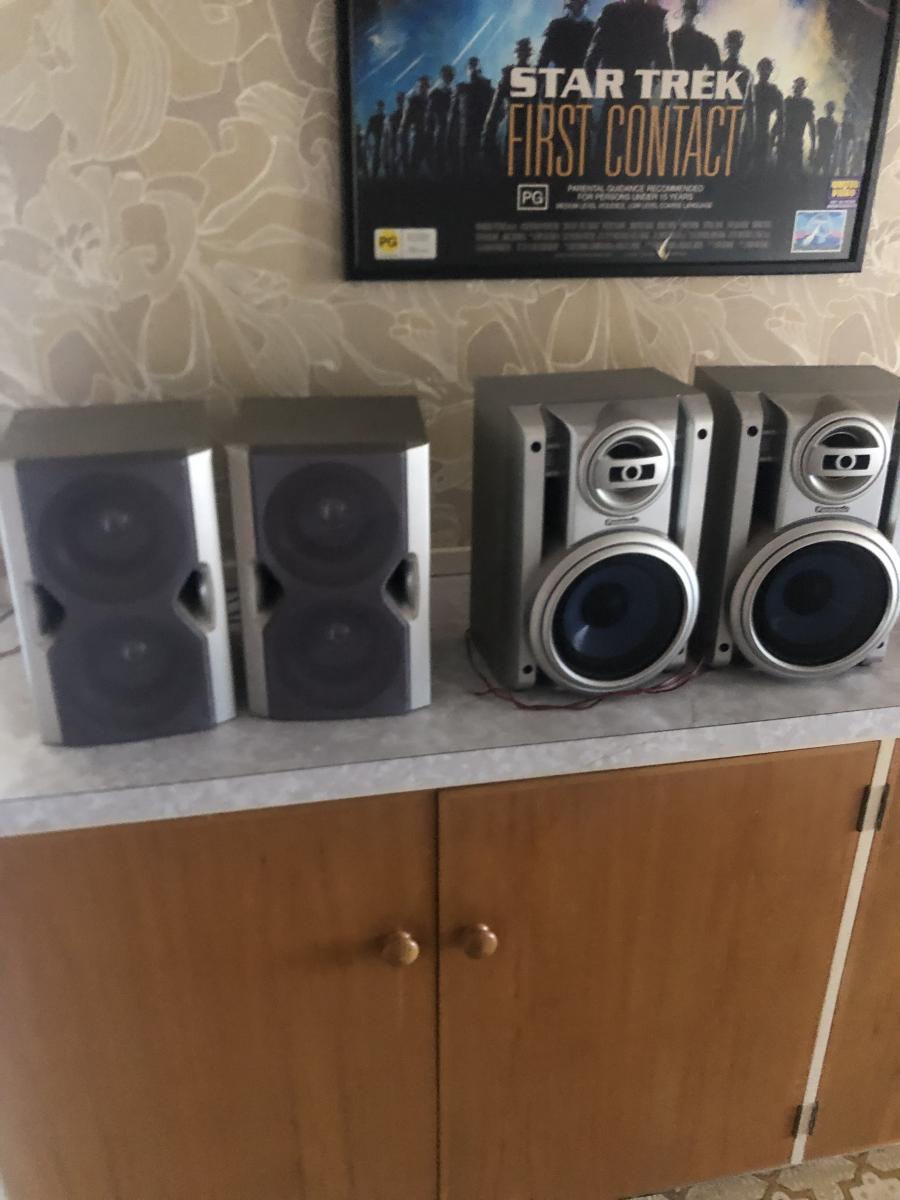
Join this supportive & fun online community, for local help to successfully grow your own vegies.
Yates are growing an online community of gardeners, and it’s free to join! Whether you’re just getting started, or an old hand – we can all do with help & support on the journey of … View moreJoin this supportive & fun online community, for local help to successfully grow your own vegies.
Yates are growing an online community of gardeners, and it’s free to join! Whether you’re just getting started, or an old hand – we can all do with help & support on the journey of growing our own food.
Yates expert Sarah O’Neil will be on hand to help with problems too. Plus there are over $4000 worth of prizes up for grabs!
Find out more

The Team from Resene ColorShop Rotorua
This matching pairs memory game painted in Resene colours is great for brain-training, fun to paint and play and would make a fabulous gift.
Find out how to create your own.

Our homes can be our greatest investment and protecting our homes against climate change has become more important than ever.
Our changing climate poses risks to our natural and built environments. Swiss Re in a global analysis of insurance risk said to “expect climate risks to raise global … View moreOur homes can be our greatest investment and protecting our homes against climate change has become more important than ever.
Our changing climate poses risks to our natural and built environments. Swiss Re in a global analysis of insurance risk said to “expect climate risks to raise global property premiums by 33-41% between 2020 and 2040”. The potential increase was deemed a direct consequence of our changing climate.
Our Climate Insights property report provides easily understood information on change to risks for your current or a future property. The report includes robust and actionable information for residential property owners, tenants and investors to enhance their property’s climate resilience.
Find out more

Get in quick, there's only a few days to go in our Local Likes competition. Nominate your favourite local business by telling your neighbours why they're best in their field and be in the draw to win a $50 voucher to go and spend with them. Get in quick, this ends Sunday!
… View moreGet in quick, there's only a few days to go in our Local Likes competition. Nominate your favourite local business by telling your neighbours why they're best in their field and be in the draw to win a $50 voucher to go and spend with them. Get in quick, this ends Sunday!
Share your business shout-out now.

The Team from Neighbourhood Support New Zealand
Join the rest of the motu on October 28 by taking part in our national earthquake drill and tsunami hīkoi, ShakeOut. Signing up only takes 2 minutes and when you do, you’ll be entered to win a personal emergency grab bag or civil defence wheelie bin kit from NZ Civil Defence.
ShakeOut takes … View moreJoin the rest of the motu on October 28 by taking part in our national earthquake drill and tsunami hīkoi, ShakeOut. Signing up only takes 2 minutes and when you do, you’ll be entered to win a personal emergency grab bag or civil defence wheelie bin kit from NZ Civil Defence.
ShakeOut takes place around the world to remind people of the right action to take during an earthquake:
DROP - down on your hands and knees. This protects you from falling but lets you move if you need to.
COVER - your head and neck (or entire body if possible) under a sturdy table or desk (if it is within a few steps of you). If there is no shelter nearby, cover your head and neck with your arms and hands.
HOLD - on to your shelter (or your position to protect your head and neck) until the shaking stops. If the shaking shifts your shelter around, move with it.
Head to www.shakeout.govt.nz... to sign up today and get involved!
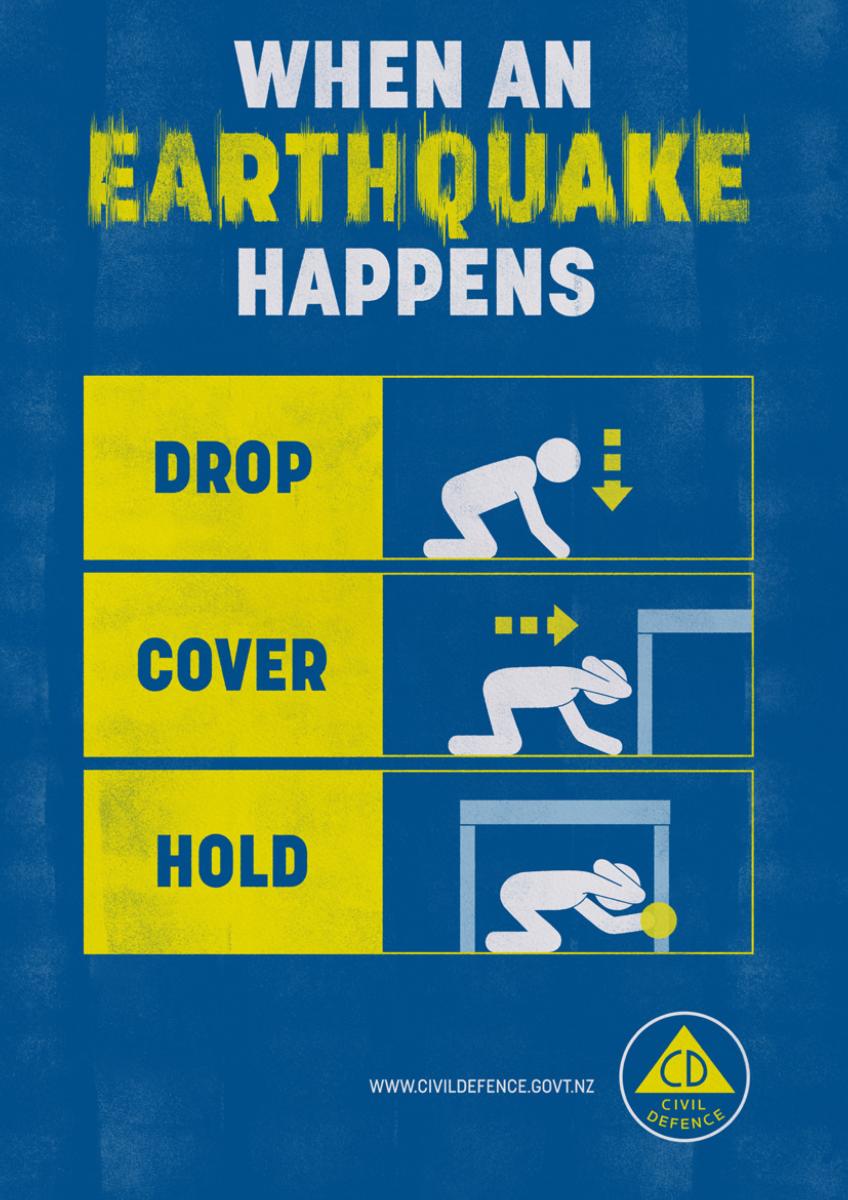
Our short course will give you the skills to stay connected with your whānau and friends.
Learn how to get online safely and navigate websites and apps with confidence.
We’ll show you how to:
• send and check emails
• use tools to create, organise, and connect … View moreOur short course will give you the skills to stay connected with your whānau and friends.
Learn how to get online safely and navigate websites and apps with confidence.
We’ll show you how to:
• send and check emails
• use tools to create, organise, and connect with the digital world
• solve common problems using online resources
• explore day-to-day tasks such as online shopping and banking
• stay safe when you’re online
• online and face-to-face class options available
Free classes | Book now - 0800 526 672
Find out more
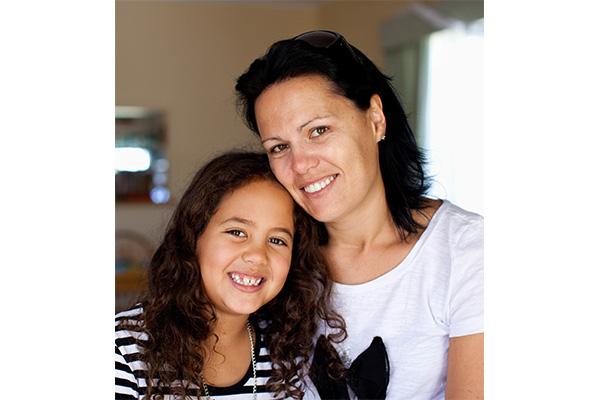
The Team from Digital Boost
Knowing your way around a BBQ is one thing, but turning that talent into a business is another skill altogether. Rum & Cue is an award-winning meat rub side-hustle that’s just been taken full-time - here’s their story
Head to Digital Boost today (for free) and before long you, too, could… View moreKnowing your way around a BBQ is one thing, but turning that talent into a business is another skill altogether. Rum & Cue is an award-winning meat rub side-hustle that’s just been taken full-time - here’s their story
Head to Digital Boost today (for free) and before long you, too, could be transforming a weekend passion into the business of your dreams.
Sign up now

Robert Anderson from Curtain Clean Rotorua
Some helpful tips to aid in stain removal!
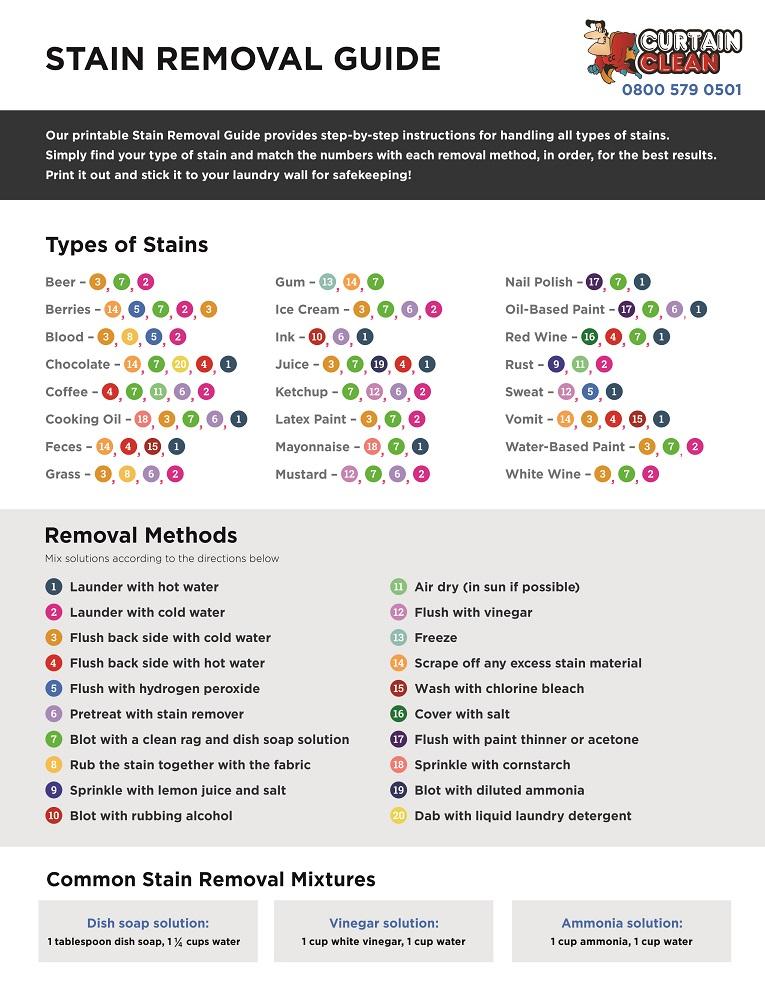
The Team from NZ House & Garden Tours
Do you love all things homes, interiors and gardens? If so, we have the perfect event for you!
Our ever-popular sellout NZ House & Garden Tours are back for 2022! 🏡 🌸
We’re visiting locations across the country, so make this summer one to remember and join us as we step inside the … View moreDo you love all things homes, interiors and gardens? If so, we have the perfect event for you!
Our ever-popular sellout NZ House & Garden Tours are back for 2022! 🏡 🌸
We’re visiting locations across the country, so make this summer one to remember and join us as we step inside the pages of NZ House & Garden magazine exploring some of the most interesting homes in Aotearoa. Plus it's all for a good cause, with proceeds from tickets sales going towards Breast Cancer Foundation NZ.
Tickets are now on sale. To book and to find out more about all the tour options available, check out our website: www.nzhouseandgardentours.co.nz...

32 replies (Members only)
The Team from Neighbourhood Support New Zealand
To help Neighbourhood Supporters across the country get better prepared this month, we’ve teamed up with National Emergency Management Agency to give away an emergency preparedness grab n’ go bag to 2 lucky winners.
Head to our Facebook or Instagram to enter:
facebook.com/nsnewzealand
… View moreTo help Neighbourhood Supporters across the country get better prepared this month, we’ve teamed up with National Emergency Management Agency to give away an emergency preparedness grab n’ go bag to 2 lucky winners.
Head to our Facebook or Instagram to enter:
facebook.com/nsnewzealand
instagram.com/neighbourhoodsupportnz/

Advertise your entry-level and apprentice roles with Competenz through our Free online job board, we have pre-qualified and motivated jobseekers ready to match with your organisation.
Find your next apprentice with Competenz!

We’re very excited to announce NZ Compare as our new Neighbourly partner.
NZ Compare help Kiwis compare what’s out there, discover new products and services, and save on utility bills, online shopping and financial services.
We look forward to working alongside NZ Compare as they help our … View moreWe’re very excited to announce NZ Compare as our new Neighbourly partner.
NZ Compare help Kiwis compare what’s out there, discover new products and services, and save on utility bills, online shopping and financial services.
We look forward to working alongside NZ Compare as they help our Neighbourly community save time, money, and hassle, at the shops and services that help us live better, more connected local lives.
Please join us in welcoming NZ Compare and stay tuned for tips and tricks on how you can save on everything from your household bills to takeaways, as well as plenty more exciting and informative content.
Learn more

The people who live in Ryman villages remain true to themselves, whether that’s continuing with their passion, making the most of every minute, challenging themselves to learn something new, or surrounding themselves with people who like to have fun.
As Lynette, a resident at Edmund Hilary … View moreThe people who live in Ryman villages remain true to themselves, whether that’s continuing with their passion, making the most of every minute, challenging themselves to learn something new, or surrounding themselves with people who like to have fun.
As Lynette, a resident at Edmund Hilary village, says “A lot of people still believe that you're going to a rest home. They don't know the concept of a retirement village. You go there, it's beautiful. You've got facilities. You've got activities. And you don't stop living.”
Retirement is a chapter of life that’s filled with possibility. Choose the lifestyle you want to live and proudly embrace every opportunity. It’s what Ryman residents do.
Learn more
 Loading…
Loading…
Are you sure? Deleting this message permanently removes it from the Neighbourly website.
 Loading…
Loading…

 Buyer Enquiry Over $680,000
Buyer Enquiry Over $680,000


 Marketed by Anny Nicholson
Marketed by Anny Nicholson

 $849,000
$849,000



 Marketed by Michelle Stephenson
Marketed by Michelle Stephenson
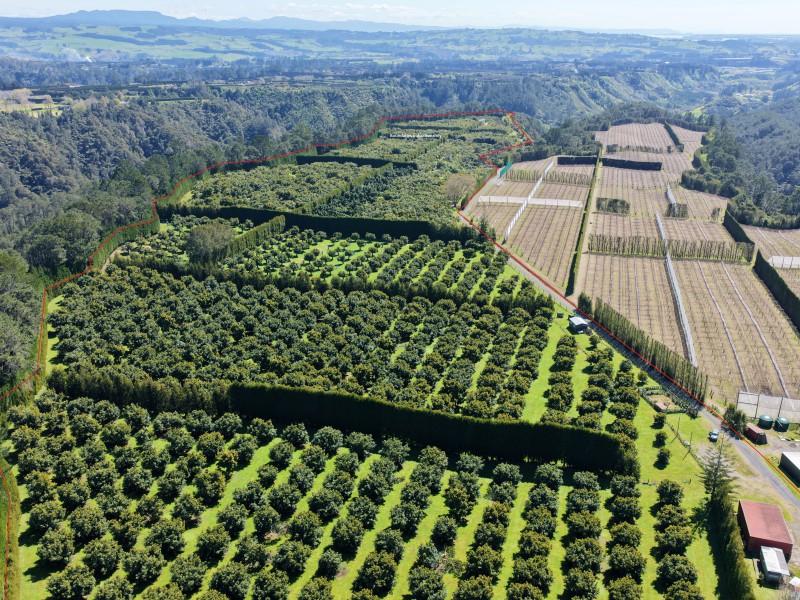
 Tender
Tender



 Marketed by Brett Ashworth
Marketed by Brett Ashworth

 $1,750,000 + GST (if any)
$1,750,000 + GST (if any)



 Marketed by Lindy Nelson Parker
Marketed by Lindy Nelson Parker
© Neighbourly 2025
